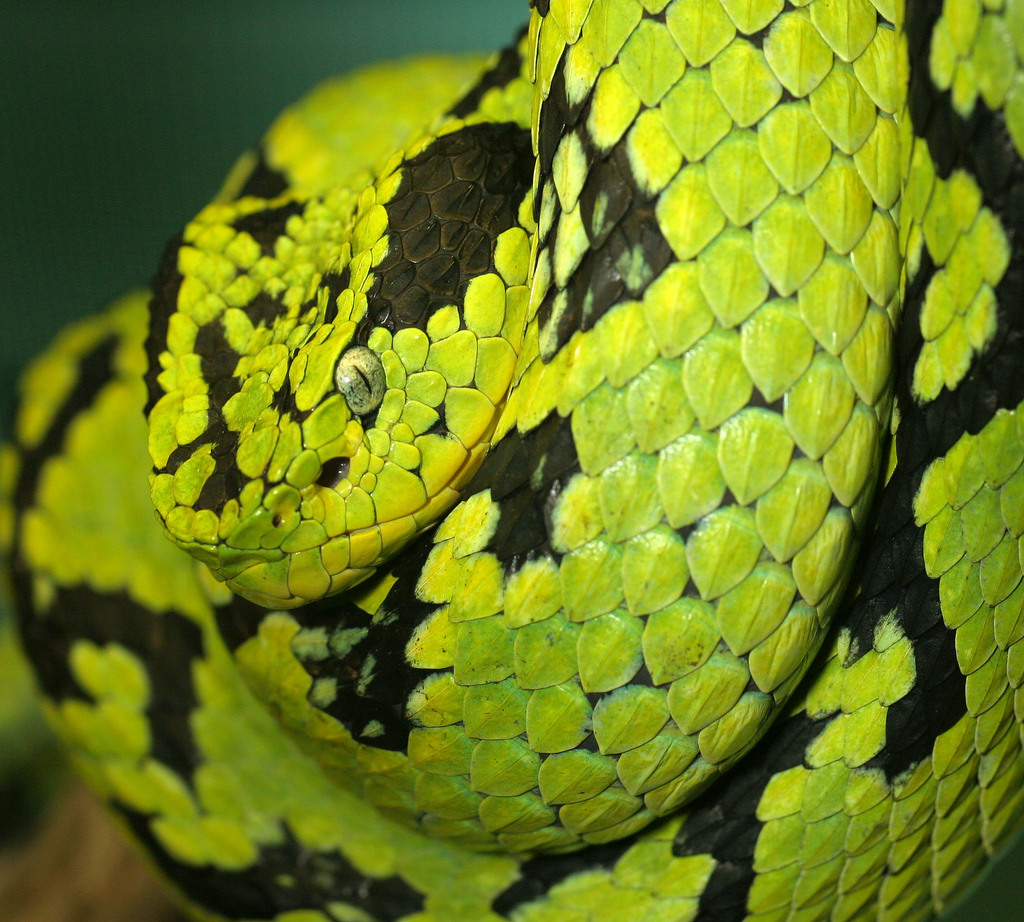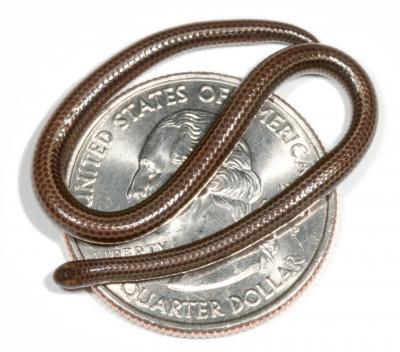|
Bothriechis Torvus
''Bothriechis torvus'' is a species of pit viper. Although once listed as a synonym of ''Bothriechis schlegelii'', it was revalidated in a 2024 revision of the latter species. It is known from southeastern Panama and from Antioquia Department, Antioquia, Colombia. ''Bothriechis torvus'' is an Arboreal locomotion, arboreal snake that can grow to a total length of in males and in females. References Bothriechis, torvus Snakes of Central America Snakes of South America Reptiles of Colombia Reptiles of Panama Reptiles described in 1889 {{snake-stub ... [...More Info...] [...Related Items...] OR: [Wikipedia] [Google] [Baidu] |
Colombia
Colombia, officially the Republic of Colombia, is a country primarily located in South America with Insular region of Colombia, insular regions in North America. The Colombian mainland is bordered by the Caribbean Sea to the north, Venezuela to the east and northeast, Brazil to the southeast, Peru and Ecuador to the south and southwest, the Pacific Ocean to the west, and Panama to the northwest. Colombia is divided into 32 Departments of Colombia, departments. The Capital District of Bogotá is also the List of cities in Colombia by population, country's largest city hosting the main financial and cultural hub. Other major urban areas include Medellín, Cali, Barranquilla, Cartagena, Colombia, Cartagena, Santa Marta, Cúcuta, Ibagué, Villavicencio and Bucaramanga. It covers an area of 1,141,748 square kilometers (440,831 sq mi) and has a population of around 52 million. Its rich cultural heritage—including language, religion, cuisine, and art—reflects its history as a co ... [...More Info...] [...Related Items...] OR: [Wikipedia] [Google] [Baidu] |
Pit Viper
The Crotalinae, commonly known as pit vipers,Mehrtens JM (1987). ''Living Snakes of the World in Color''. New York: Sterling Publishers. 480 pp. . or pit adders, are a subfamily (biology), subfamily of Viperidae, vipers found in Asia and the Americas. Like all other vipers, they are venomous snake, venomous. They are distinguished by the presence of a Infrared sensing in snakes, heat-sensing pit organ located between the eye and the nostril on both sides of the head. Currently, 23 genus, genera and 155 species are recognized: These are also the only Viperidae, viperids found in the Americas. The groups of snakes represented here include rattlesnakes, Bothrops, lanceheads, and Trimeresurus, Asian pit vipers. The type genus for this subfamily is ''Crotalus'', of which the type species is the timber rattlesnake, ''C. horridus''. These snakes range in size from the diminutive hump-nosed viper, ''Hypnale hypnale'', that grows to a typical total length (including tail) of only , to ... [...More Info...] [...Related Items...] OR: [Wikipedia] [Google] [Baidu] |
Bothriechis Schlegelii
''Bothriechis schlegelii'', known commonly as the highland eyelash-pitviper, Schlegel's eyelash-pitviper, or eyelash viper, is a species of pit viper in the family Viperidae, native to Colombia. Somewhat small, arboreal snakes, ''B. schlegelii'' is perhaps best known for the namesake superciliary ("eyelash") scales above its eyes, and for having distinctly keeled or "raised" scales covering the bulk of its body. The species is also known for producing a veritable rainbow of color forms ( morphs). It is the most common of the green palm-pitvipers (genus ''Bothriechis''), and is often present in zoological exhibits, owing to its general hardiness. The specific name ''schlegelii'' honors Hermann Schlegel, who was a German ornithologist and herpetologist. For other common names, see below. No subspecies are currently recognized as being valid. Description The eyelash viper is a relatively small species of pitviper, with adults ranging from long, and females being longer and ... [...More Info...] [...Related Items...] OR: [Wikipedia] [Google] [Baidu] |
Panama
Panama, officially the Republic of Panama, is a country in Latin America at the southern end of Central America, bordering South America. It is bordered by Costa Rica to the west, Colombia to the southeast, the Caribbean Sea to the north, and the Pacific Ocean to the south. Its capital and largest city is Panama City, whose metropolitan area is home to nearly half of the country's over million inhabitants. Before the arrival of Spanish Empire, Spanish colonists in the 16th century, Panama was inhabited by a number of different Indigenous peoples of Panama, indigenous tribes. It Independence Act of Panama, broke away from Spain in 1821 and joined the Republic of Gran Colombia, a union of Viceroyalty of New Granada, Nueva Granada, Ecuador, and Venezuela. After Gran Colombia dissolved in 1831, Panama and Nueva Granada eventually became the Republic of Colombia. With the backing of the United States, Panama seceded from Colombia in 1903, allowing the construction of the Panama Ca ... [...More Info...] [...Related Items...] OR: [Wikipedia] [Google] [Baidu] |
Antioquia Department
Antioquia () is one of the 32 departments of Colombia, located in the central northwestern part of Colombia with a narrow section that borders the Caribbean Sea. Most of its territory is mountainous with some valleys, much of which is part of the Andes mountain range. Antioquia has been part of many territorial divisions of former countries created within the present-day territory of Colombia. Before the adoption of the Colombian Constitution of 1886, Antioquia State had a sovereign government. The department covers an area of , and has a population of 6,994,792 (2023). Antioquia borders the Córdoba Department and the Caribbean Sea to the north; Chocó Department, Chocó to the west; the departments of Bolívar Department, Bolívar, Santander Department, Santander, and Boyacá Department, Boyaca to the east; and the departments of Caldas Department, Caldas and Risaralda Department, Risaralda to the south. Medellín is Antioquia's capital and the second-largest city in the c ... [...More Info...] [...Related Items...] OR: [Wikipedia] [Google] [Baidu] |
Arboreal Locomotion
Arboreal locomotion is the animal locomotion, locomotion of animals in trees. In habitats in which trees are present, animals have evolution, evolved to move in them. Some animals may scale trees only occasionally (scansorial), but others are exclusively arboreal. The habitats pose numerous mechanical challenges to animals moving through them and lead to a variety of anatomical, behavioral and ecological consequences as well as variations throughout different species.Matt Cartmill, Cartmill, M. (1985). "Climbing". pp. 73–88 ''In'': Hildebrand, Milton; Bramble, Dennis M.; species:Karel Frederik Liem, Liem, Karel F.; David B. Wake, Wake, David B. (editors) (1985). ''Functional Vertebrate Morphology''. Cambridge, Massachusetts: Harvard University Press, Belknap Press. 544 pp. . Furthermore, many of these same principles may be applied to climbing without trees, such as on rock piles or mountains. Some animals are exclusively arboreal in habitat, such as tree snails. Biomechanic ... [...More Info...] [...Related Items...] OR: [Wikipedia] [Google] [Baidu] |
Bothriechis
''Bothriechis'' is a genus of pit vipers, commonly called palm vipersJohn M. Mehrtens, Mehrtens JM (1987). ''Living Snakes of the World in Color''. New York: Sterling Publishers. 480 pp. . or palm-pit vipersCampbell JA, species:William W. Lamar, Lamar WW (2004). ''The Venomous Reptiles of the Western Hemisphere''. Ithaca and London: Comstock Publishing Associates. 870 pp., 1,500 plates. . found predominantly in Mexico and Central America. All members are relatively slender and arboreal. The name ''Bothriechis'' is derived from the Greek language, Greek words ''bothros'' and ''echis'' that mean "pit" and "viper" respectively. Ten species and no subspecies are currently generally recognized. Description Species that belong to the genus ''Bothriechis'' typically reach a total length (tail included) of , while ''Bothriechis aurifer, B. aurifer'', ''Bothriechis bicolor, B. bicolor'' and ''Bothriechis lateralis, B. lateralis'' are known to grow to a total length of or m ... [...More Info...] [...Related Items...] OR: [Wikipedia] [Google] [Baidu] |
Snakes Of Central America
Snakes are elongated Limbless vertebrate, limbless reptiles of the suborder Serpentes (). Cladistically Squamata, squamates, snakes are ectothermic, amniote vertebrates covered in overlapping Scale (zoology), scales much like other members of the group. Many species of snakes have skulls with several more joints than their lizard ancestors and relatives, enabling them to swallow prey much larger than their heads (cranial kinesis). To accommodate their narrow bodies, snakes' paired organs (such as kidneys) appear one in front of the other instead of side by side, and most only have one functional lung. Some species retain a pelvic girdle with a pair of vestigial claws on either side of the cloaca. Lizards have independently evolved elongate bodies without limbs or with greatly reduced limbs at least twenty-five times via convergent evolution, leading to many lineages of legless lizards. These resemble snakes, but several common groups of legless lizards have eyelids and external ... [...More Info...] [...Related Items...] OR: [Wikipedia] [Google] [Baidu] |
Snakes Of South America
Snakes are elongated limbless reptiles of the suborder Serpentes (). Cladistically squamates, snakes are ectothermic, amniote vertebrates covered in overlapping scales much like other members of the group. Many species of snakes have skulls with several more joints than their lizard ancestors and relatives, enabling them to swallow prey much larger than their heads (cranial kinesis). To accommodate their narrow bodies, snakes' paired organs (such as kidneys) appear one in front of the other instead of side by side, and most only have one functional lung. Some species retain a pelvic girdle with a pair of vestigial claws on either side of the cloaca. Lizards have independently evolved elongate bodies without limbs or with greatly reduced limbs at least twenty-five times via convergent evolution, leading to many lineages of legless lizards. These resemble snakes, but several common groups of legless lizards have eyelids and external ears, which snakes lack, although this rule ... [...More Info...] [...Related Items...] OR: [Wikipedia] [Google] [Baidu] |
Reptiles Of Colombia ...
Colombia is the sixth richest country in the world for reptiles, and third richest in the Western Hemisphere. Turtles The turtles (order: Chelonii or Testudines) number thirty-three species from nine families. Fifteen species are listed as vulnerable, endangered, or critically endangered. Three turtle species are listed as endemic. Crocodilia Squamata See also * Fauna of Colombia References External links * * * * {{South America topic, Reptiles of * Reptiles Colombia Colombia Colombia, officially the Republic of Colombia, is a country primarily located in South America with Insular region of Colombia, insular regions in North America. The Colombian mainland is bordered by the Caribbean Sea to the north, Venezuel ... [...More Info...] [...Related Items...] OR: [Wikipedia] [Google] [Baidu] |
Reptiles Of Panama
Reptiles, as commonly defined, are a group of tetrapods with an ectothermic metabolism and amniotic development. Living traditional reptiles comprise four orders: Testudines, Crocodilia, Squamata, and Rhynchocephalia. About 12,000 living species of reptiles are listed in the Reptile Database. The study of the traditional reptile orders, customarily in combination with the study of modern amphibians, is called herpetology. Reptiles have been subject to several conflicting taxonomic definitions. In Linnaean taxonomy, reptiles are gathered together under the class Reptilia ( ), which corresponds to common usage. Modern cladistic taxonomy regards that group as paraphyletic, since genetic and paleontological evidence has determined that birds (class Aves), as members of Dinosauria, are more closely related to living crocodilians than to other reptiles, and are thus nested among reptiles from an evolutionary perspective. Many cladistic systems therefore redefine Reptilia as a cla ... [...More Info...] [...Related Items...] OR: [Wikipedia] [Google] [Baidu] |




